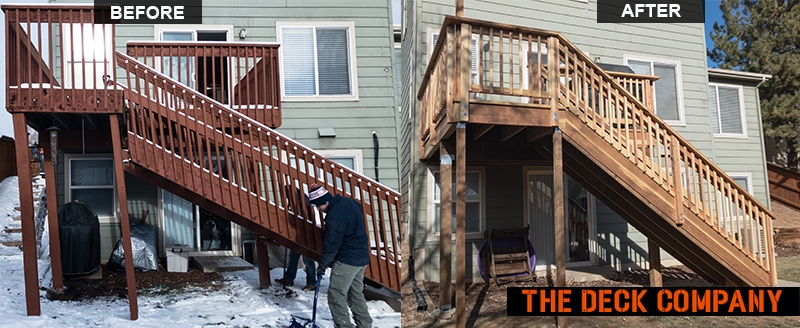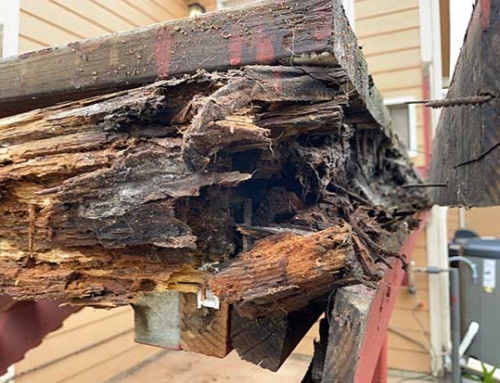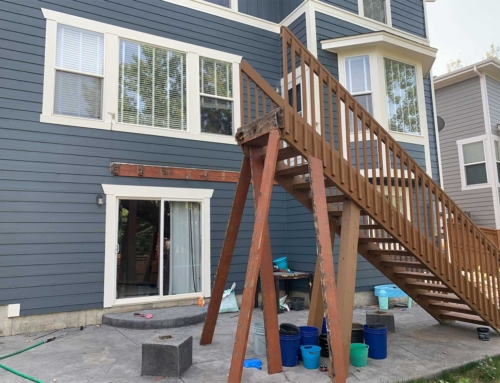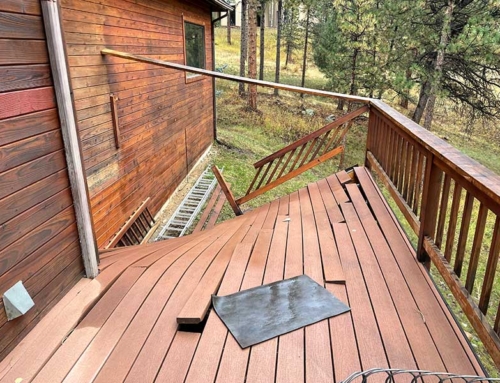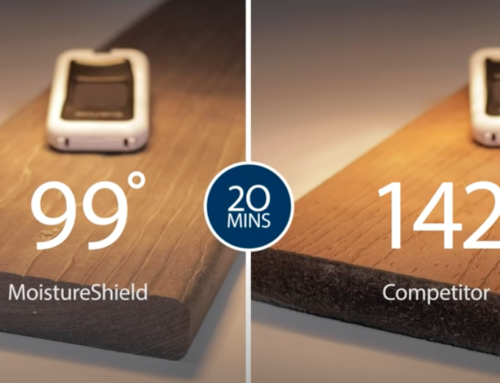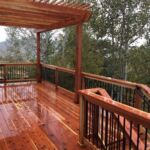Structural problems with your deck may be obvious like leaning, swaying, or missing boards. However, problems can often hide in plain sight and you won’t realize there’s an issue until it’s too late. A great example is a client of ours in West Denver who thought everything was fine with their old deck until the day they stepped out on it and their foot went right through the decking material. Fortunately, she was OK, but there have been other, far more devastating, and dangerous deck failures.
Deck collapse is a very real threat, and the results can be terrible. Taking a few moments to ensure your deck is safe, can save lives.
Your deck provides year-round enjoyment and asks very little in return. It puts up with temperature swings. Here in Denver, those same-day swings can be massive – like in January of 2015, when we saw a temperature swing of over 60 degrees on the same day. Denver started out with a low of -5 and a high temp of 56 that day. Add to that, kids, pets, snow shovels, and everyday use can impact the integrity of the deck materials. Here are ways you can easily identify potential problems with your deck and avoid damage or injuries.
– Do a visual inspection. Look for missing, broken, or warped boards. Moss growth is also a good visual indication that the boards have been compromised by moisture and there’s rot inside.
– Go beyond just the surface. You may have to get down and crawl around your deck, but it’s worth it to keep your investment in good shape. Look under your deck as best you can, use a flashlight to see if there are any obvious issues. If you can access it, inspect the ledger board, that’s the material that connects your deck to your home. Look for any signs of warping or worse yet, separation from the building.
– Check for rot. If you have a section of board or boards that you suspect is rotted, you can use a flat-head screwdriver to gently test the tension of the materials. If you can easily get 1/4 inch or more of play in the material, there’s a good chance there’s a problem.
– If you have stairs, inspect the newel posts (the posts at the head and foot of the stairs as well as the balusters along the railing. Is there play, is it wobbly? Be sure to check the tread of each step as well as any landings.
– Inspect hardware and joints for rust or any signs of separation or degradation.
– Clear away debris like leaves and move planters on the deck to inspect the material underneath. Flower planters give your deck a beautiful feel but frequently, water from planters can seep into the decking materials and cause hidden problems.
– Trim foliage from around the deck. If you have trees growing near your deck, make sure there’s enough space between them and your deck so when they sway in the wind, the deck won’t get rubbed or pushed.
– If you’re unsure, call in a professional.
Some of the most obvious trouble issues can be overlooked, so take the time to take a good long look and ensure your deck is in good shape.
Taking the time now to evaluate your deck for problems and heading them off before they become a real issue only takes a little time and is fairly easy to do. If you discover problem areas or would like a professional inspection of your deck, contact The Deck Company and we can help.
